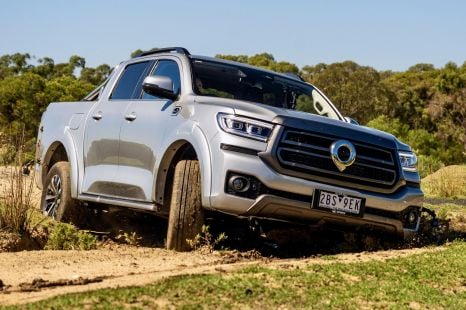

Max Davies
2026 GWM Cannon Ultra review
6 Days Ago
EV market share hit 8.0 per cent in April, and year-to-date has increased three-fold. The next challenge is unlocking more supply...

Senior Contributor
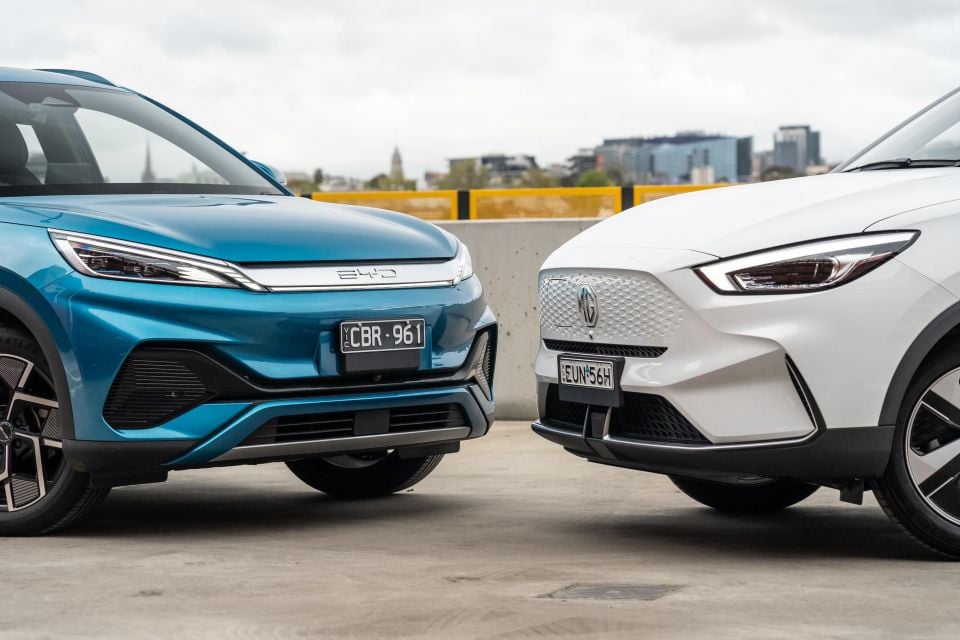

Senior Contributor
Sales of electric vehicles (EVs) in Australia have more than tripled over the first four months of 2023 compared to the same period last year.
Australians took delivery of 23,926 pure EVs between January 1 and April 30, which is equal to 6.8 per cent overall market share. At the same point in 2022, EV sales and share were 7618 units and 2.2 per cent respectively.
EVs have also overtaken hybrids (21,693 registrations YTD) as the favourite form of electrification in Australia so far this year – in some part down to Toyota’s ongoing supply headaches.
Sales of plug-in hybrids (PHEV) year-to-date sit at just 2006 units, meaning that regular hybrid and PHEV sales combined still fall short of the running EV tally.
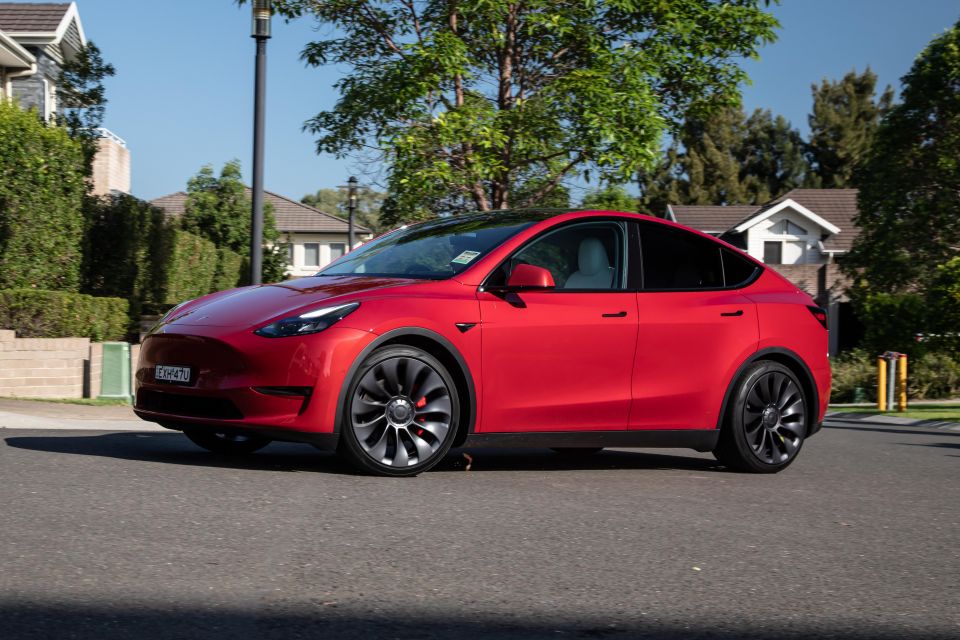
Sales by fuel type YTD:
April saw three EV-only models in the overall top 20; being the Tesla Model Y in fourth, Tesla Model 3 in 10th, and BYD Atto 3 in 15th.
The part of the market where EVs are making the biggest inroads is the ‘Medium Car over $60,000’ segment, which once upon a time was dominated by the Mercedes-Benz C-Class and BMW 3 Series.

In 2023, the segment’s top-seller is the Tesla Model 3 (with a 63.6 per cent segment share). Add in the Polestar 2, Hyundai Ioniq 6, and BMW i4, and pure EVs own 70 per cent of this segment.
In fact, the penetration of EVs in overall passenger car sales in high, sitting at 16 per cent share this year. Meanwhile 6.9 per cent of SUVs sold this year are pure electric, and light commercial EV sales are all-but-irrelevant.
EV sales by vehicle type:
While a market-share figure of 8.0 per cent is suggestive of exponential EV growth being around the corner, the stumbling block to this is a lack of market supply.
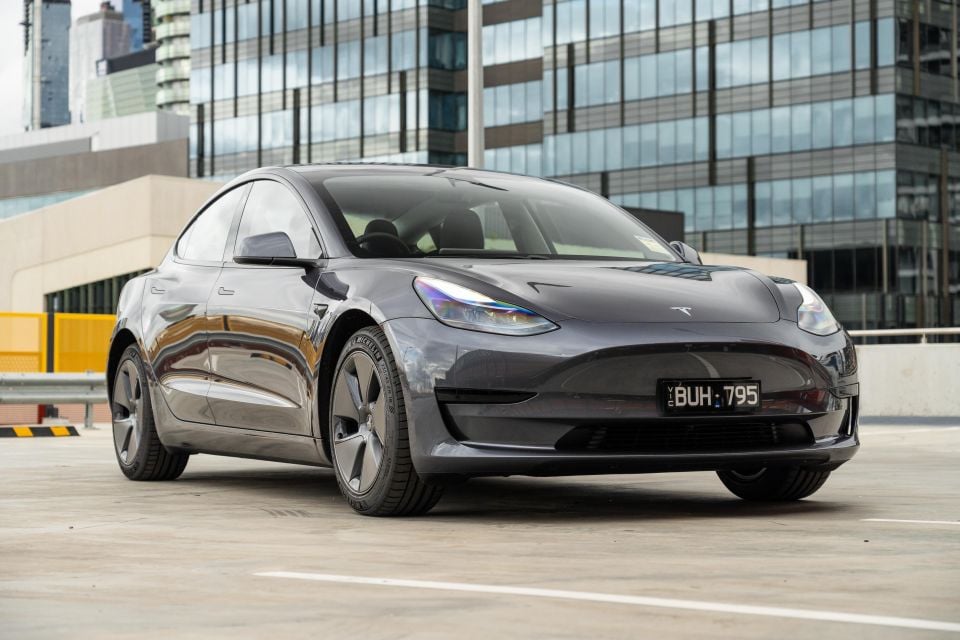
It’s this that has convinced the federal government to legislate a fuel efficiency standard designed to punish car manufacturers should their new vehicle average CO2 emissions exceed an agreed, imposed limit.
It now plans to spend the next few weeks designing the standards with stakeholders and plans to introduce a final plan to parliament by the end of 2023.
From there, assuming the bill passes both houses, the onus will be on Australia’s car brands to deliver more low-emissions cars to Australian private buyers and fleets – the latter sector in particular held back by restricted supply that undermines recent fringe-benefits tax cuts.
Australia is one of very few countries of similar economic standing without fuel efficiency standards, which punish car manufacturers should their new vehicle average CO2 emissions exceed an agreed, imposed limit.
While we do not have the full April sales breakdown for all EV models – since some such as the MG ZS and Volvo XC40 also offer non-EV options that are bundled in VFACTS data – we recently ran a quarter-one EV wrap looking at sales across January to March.
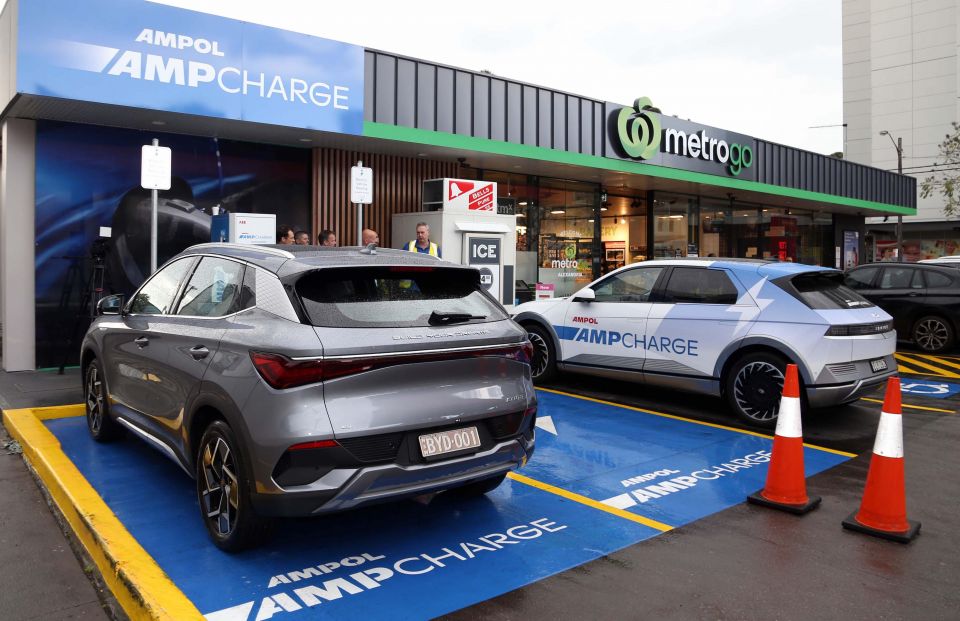
EV share by region, Q1 2023
Top 10 EV models, Q1 2023


Max Davies
6 Days Ago
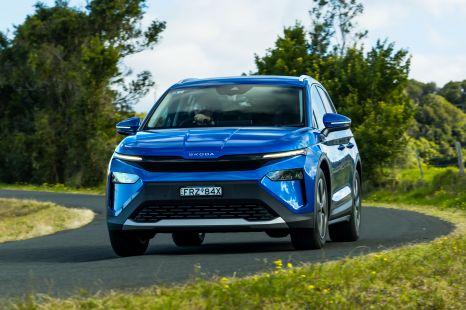

Josh Nevett
4 Days Ago
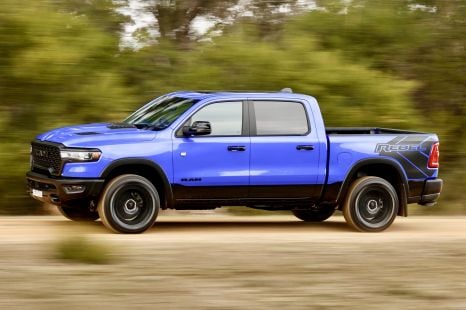

Max Davies
4 Days Ago
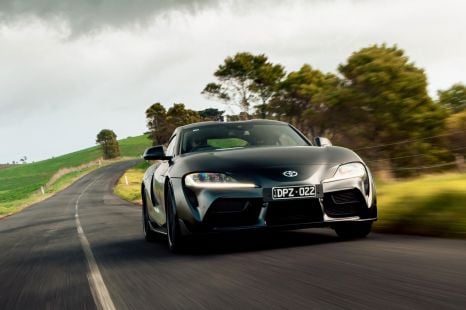

Max Davies
3 Days Ago
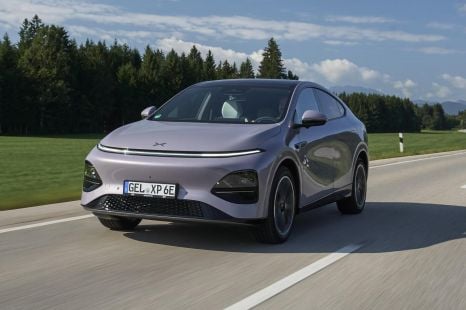

Neil Briscoe
2 Days Ago
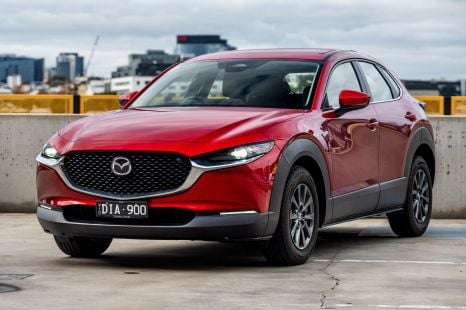

Max Davies
1 Day Ago